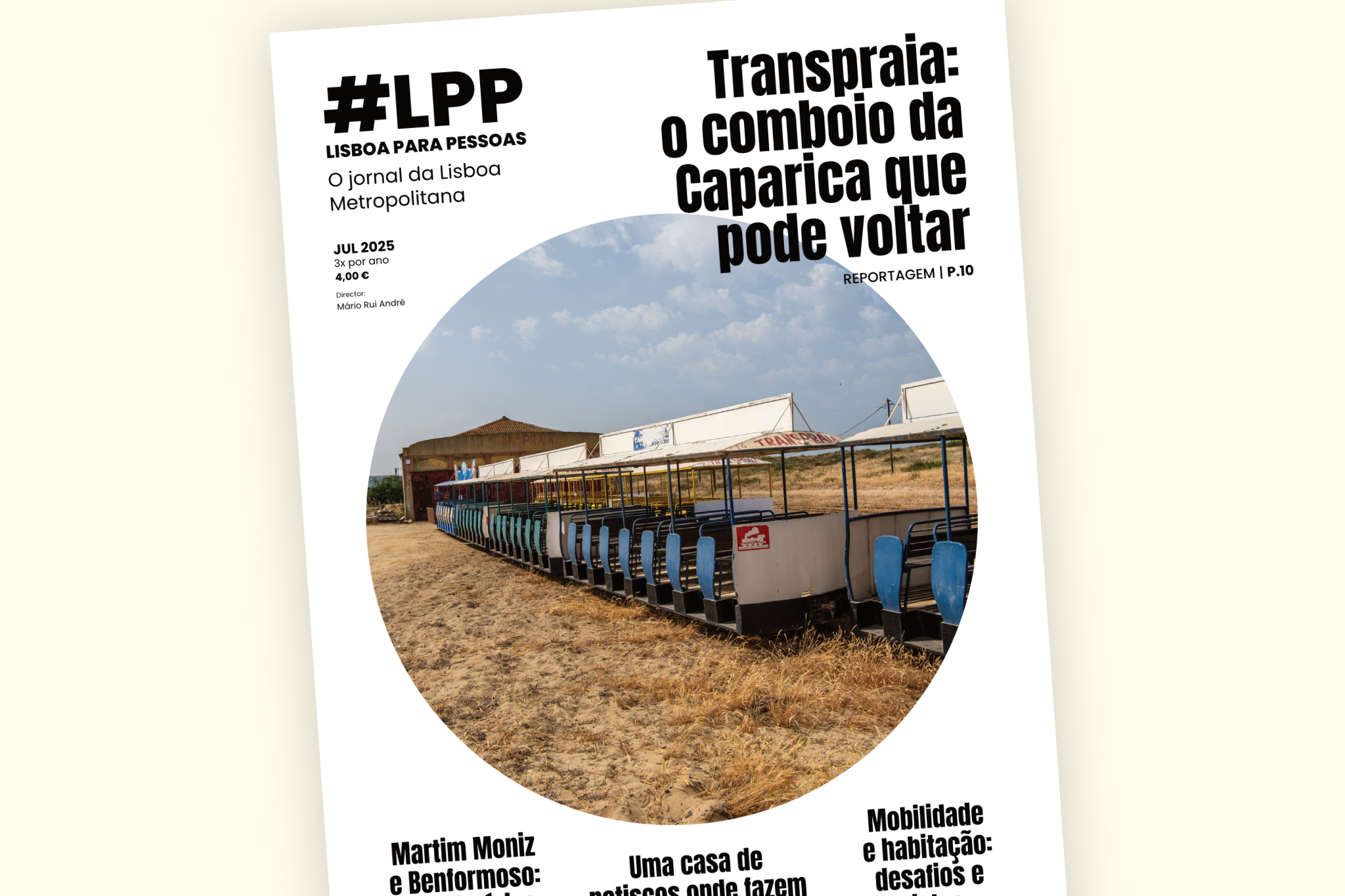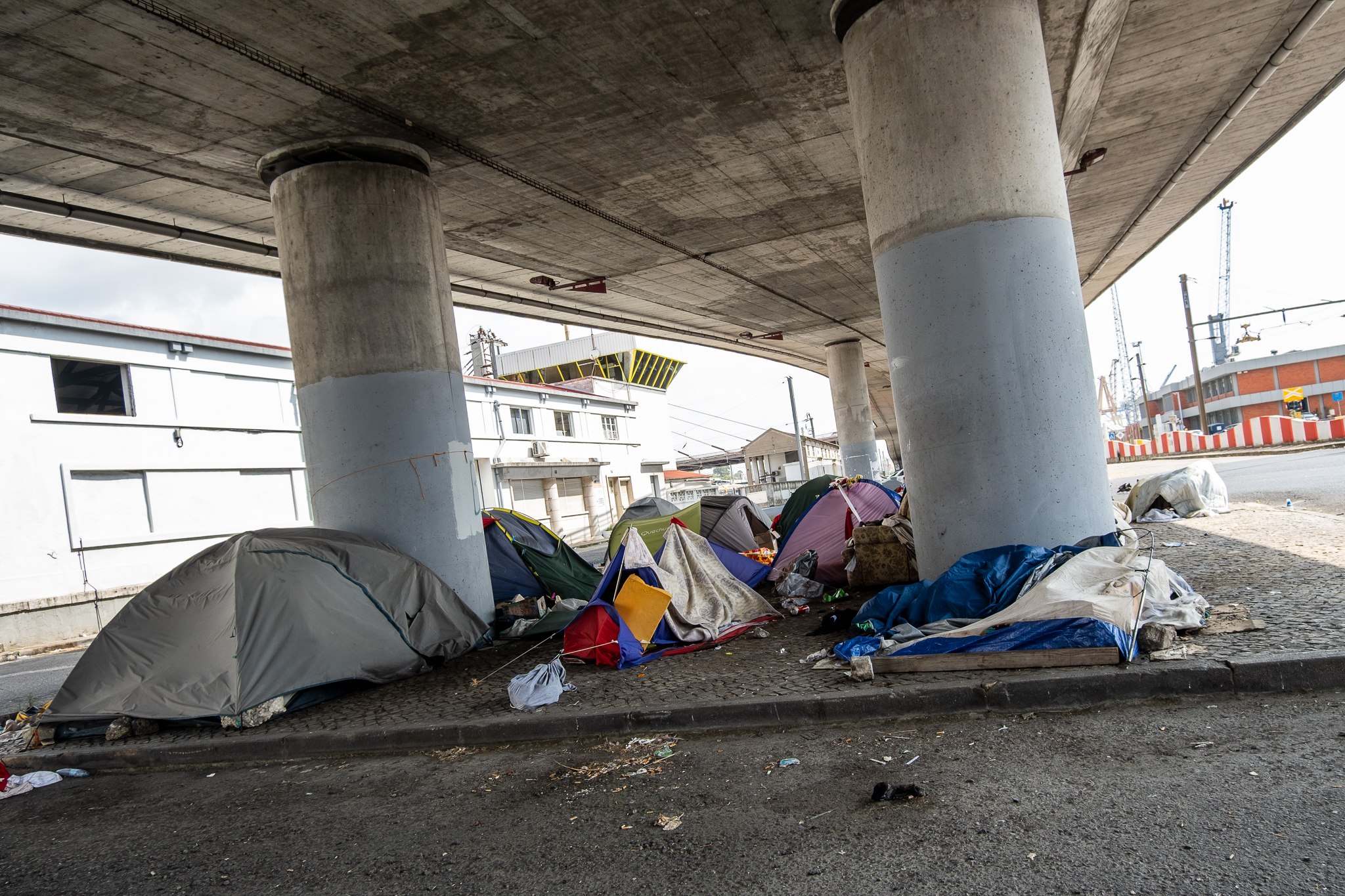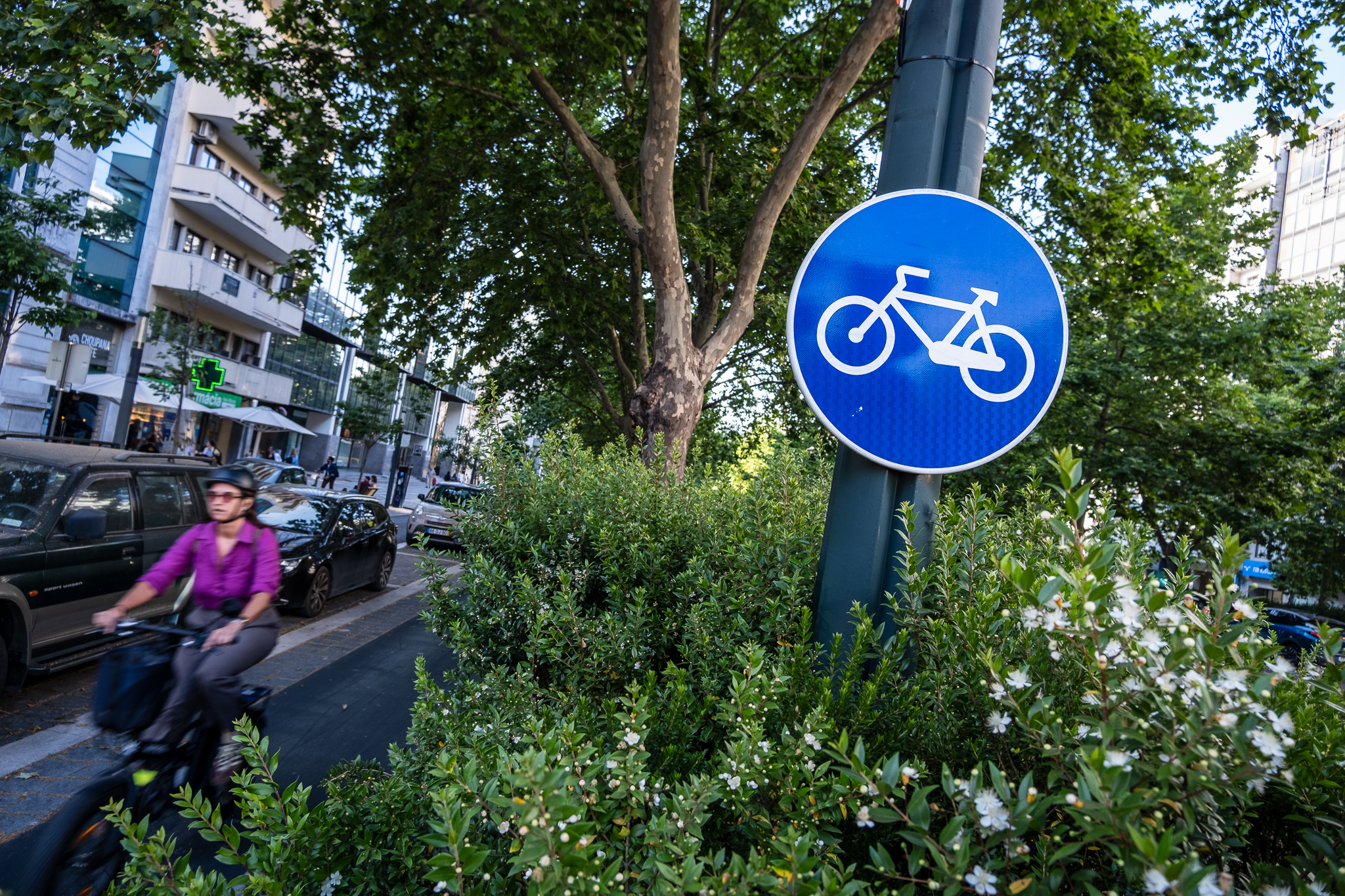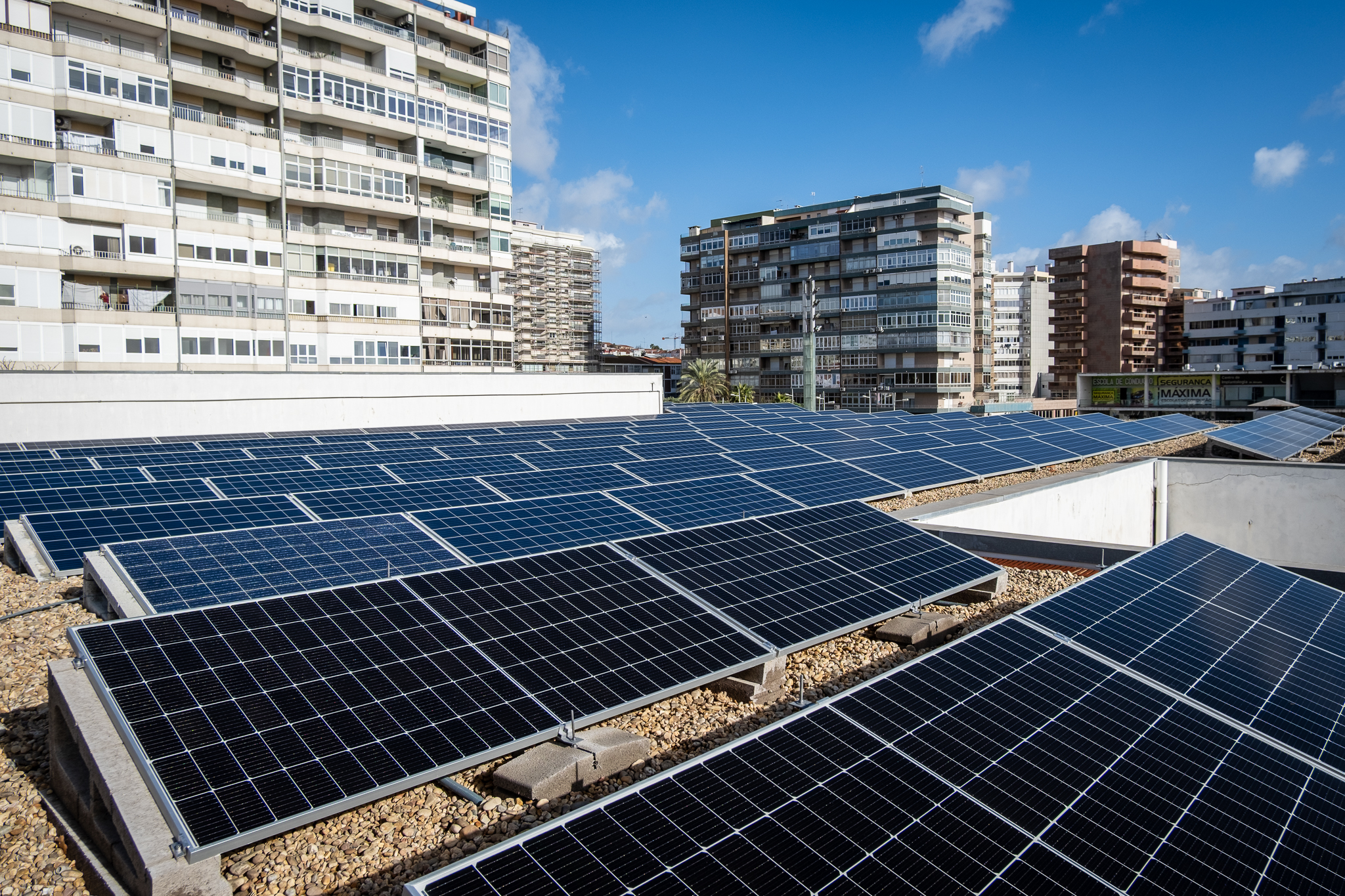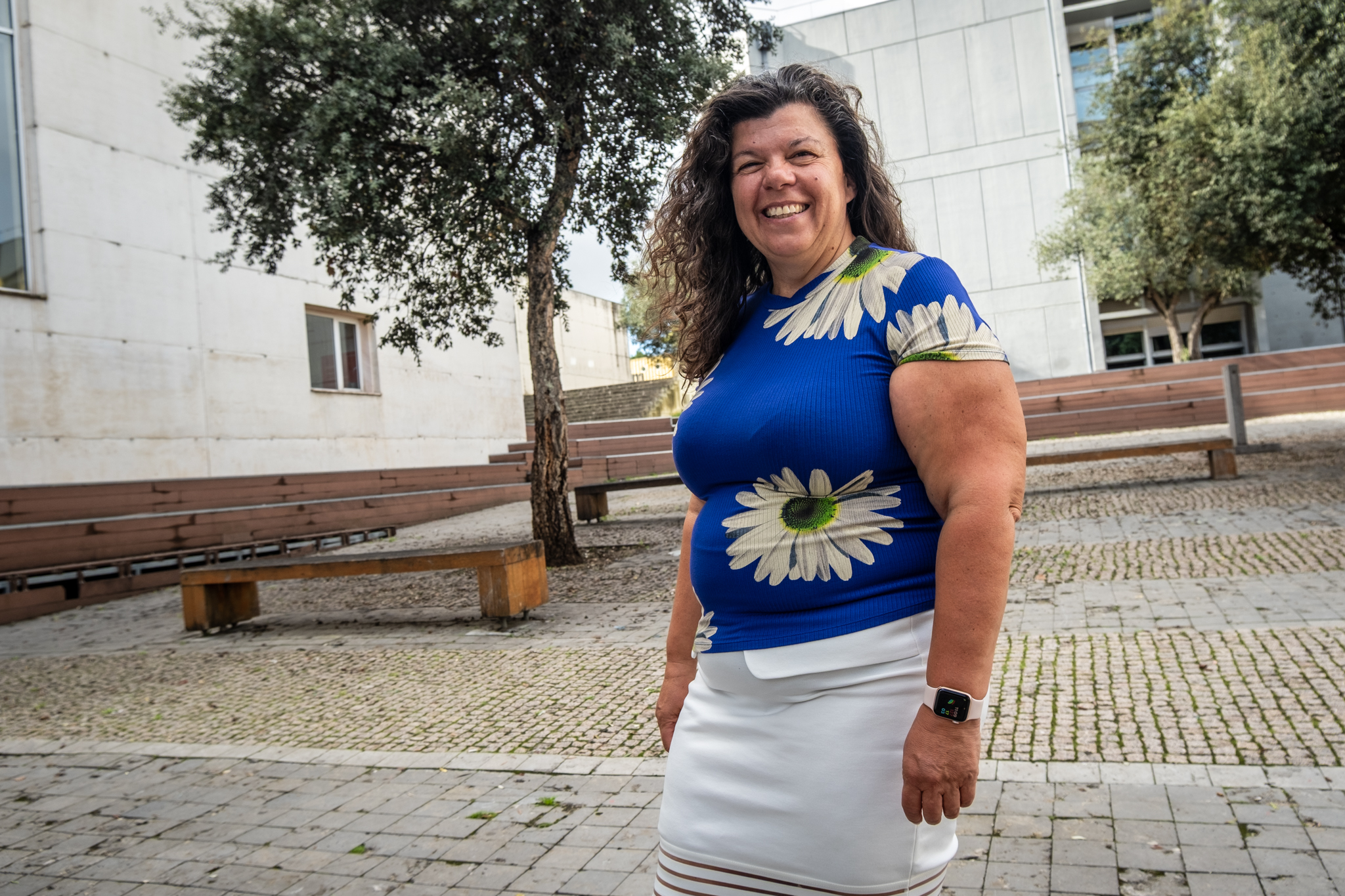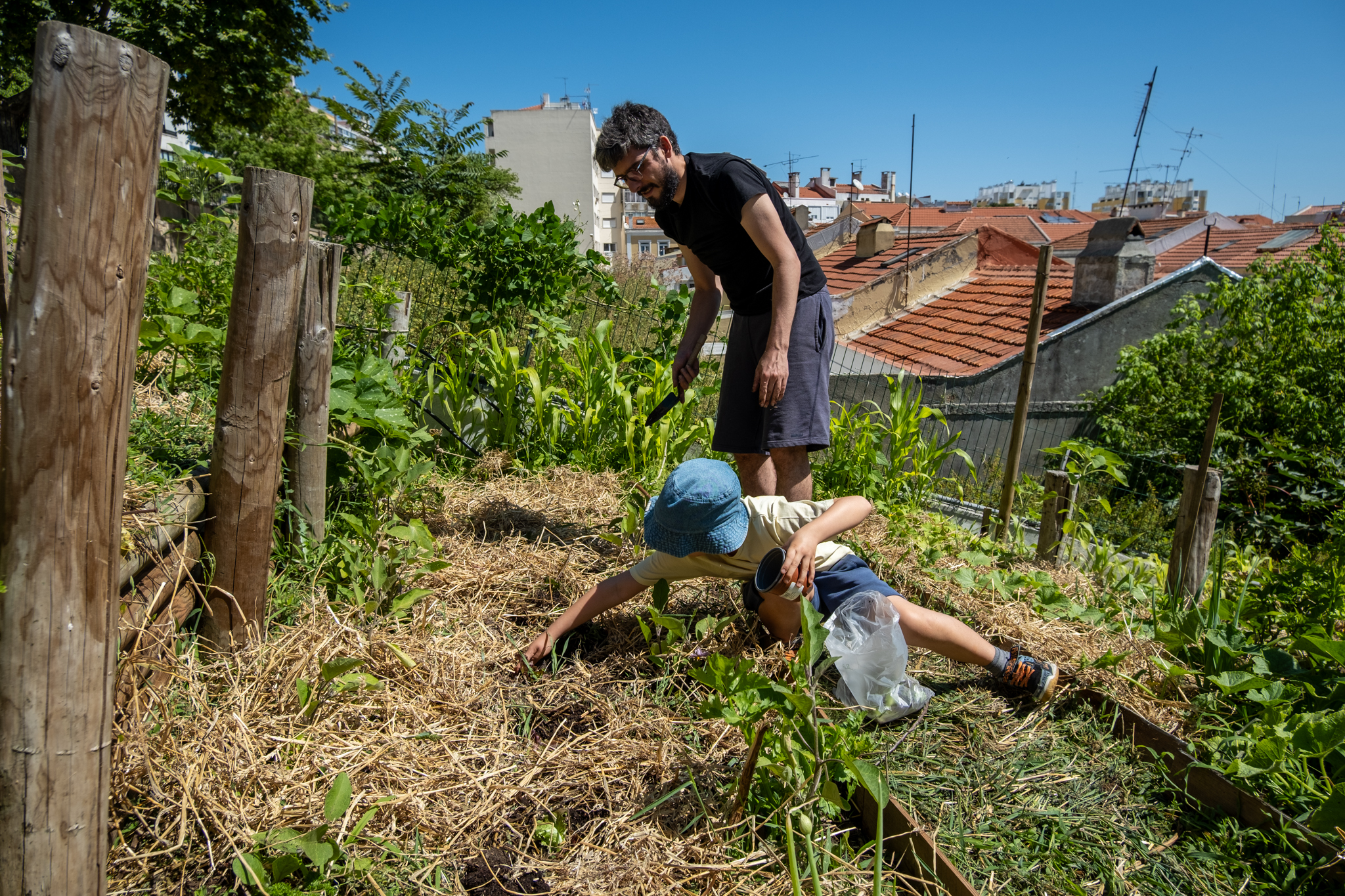Opinion.
Lisbon City Council has only one thing to do: really listen to the people and leave the Trancão Cycle Bridge as it is, without a name.

The holding of World Youth Day (WYD) in Lisbon raised several (pertinent) questions about the relationship between the secular state and the Church, in particular the Catholic Church. And that discussion, not always carried out in the most substantive way, took place in a context that cannot be ignored: sexual abuse within the clergy, which is said to have victimized at least 4815 minors. On top of this, we find the circumstance of the millions of euros that the government and local authorities have put into the event, compared to all the contracts carried out by direct agreement (93% of total contracts) and also in view of the proximity of politicians.
If Portugal cannot, from one moment to the next, ignore all its historical past linked to the Catholic Church, neither can it ignore the Catholic Church. fundamental social role that it still has with countless communitiesHowever, it can better manage the secularity associated with the democratic system. And perhaps we need a serious and mature debate on this topic, leaving aside all the ephemeral polemics surrounding World Youth Day. And for that debate to have room to flourish, we need to avoid generating more superfluous conflicts.
In this context, any sensible communications professional or political advisor would say that naming a central infrastructure of World Youth Day after a senior former leader of the Catholic Church in Portugal would be a bad idea. Especially when that official is indirectly involved in the abuse case, concealing a complaint from the authorities. But it was last Friday, August 11, that the Lisbon City Council announced, through a statement sent to the media, that the Trancão Cyclopedonal Bridge would be renamed Cardinal D. Manuel Clemente Bridge, "a tribute to the 17th Patriarch of Lisbon, following his resignation from office on reaching the age of 75". As the municipality recognizes, Manuel Clemente was, "in the 10 years of his mandate as leader of the Church of Lisbon, (...) the great promoter of World Youth Day". For his part, the Mayor, Carlos Moedas, through the same note, states that "Lisbon residents are deeply grateful to Cardinal Manuel Clemente for his contribution to a remarkable moment for the city, which will be engraved in the history of Lisbon and in the hearts of all who lived it. It is a just tribute from the city to a man who gave so much to Lisbon throughout his life".. But is that really the case?
The work was already planned before the World Youth Day was announced in Portugal, but was eventually integrated into the event's infrastructure, connecting the Lisbon venue to the Loures venue. Made mostly of wood and steel and 560 meters long, the Trancão Cycle Bridge establishes a non-existent link between the municipalities of Lisbon and LouresThe bridge will allow people to cross the Trancão River on foot or by bicycle near its mouth with the Tagus, thus contributing to inter-municipal cohesion. The bridge will provide a continuous pedestrian and cycle corridor between Vila Franca de Xira and Cascais, linking the network of paths and cycle paths of each municipality. The public tender for the infrastructure was lanced by EMEL in 2020The work started in September 2021, with completion slipping from the end of 2022 to July this year. O total investment was EUR 2.97 million448,000 from EU funds.
The decision and announcement by Lisbon City Council is surprising. A city council that claims to listen to the people has not listened to the people this time. It was not asking for a participatory process to decide on the name of the bridge - this makes no sense given the relative unimportance of the bridge in the overall context of the city (would we be asking people what to name all the streets?) - but rather Carlos Moedas was asked to find out read the room, who had the ability to anticipate the general will of the population without asking it.. Moedas, or whoever advised him, failed... twice. On Friday, shortly after the Lisbon City Council made public on its social networks the toponymy decided for the bridge, the negative reactions were not long in coming. On the social network X (formerly Twitter), comments have even been hidden and accounts blocked. And over this weekend, in just two days, a petition calling for a reversal of the decision has overtaken the more than 15 000 signatures. The first petitioner was Telma Tavares, one of the drivers of the posters remembering the victims of abuse were put up in Lisbon, Loures and Oeiras.
The text of the petition reinforces the estimated number of victims, points out "a supposed secularity of the state", and states that Manuel Clemente is not only "one of the names under suspicion of having covered up at least one crime of sexual abuse of minors by a priest", as well as "the protagonist of the shortest leadership of a Patriarch of Lisbon in over a century". Addressing the Mayor of Lisbon, the petitioners believe that "the tribute that you intend to carry out can even be seen as an offense and/or disrespect for the more than 4800 victims of sexual abuse by the Church in Portugal" e require "that the Lisbon City Council immediately reverses the process reported on August 11 and which has already raised numerous opposing voices on various social networks and beyond. Respect must be shown, not only to the citizens of Lisbon, but also to all those who do not agree with or try to hide the heinous crimes that we have all learned about and that have shaken our society in a unique way"..
The Lisbon City Council would like to pay a just tribute to the Patriarch who served the city for a decade, and who worked to bring about an event that, whatever one may say, did Lisbon prestige. But the Day and the millions spent by the state are still very fresh in the collective memory, and the situation of sexual abuse in the Catholic Church is still very poorly resolved. And not only is a tribute to D. Manuel Clemente in such an emblematic place of the WYD hasty, but further associating the infrastructures of the Tejo-Trancão Park with the event and with all this difficult context that is being experienced by the Portuguese clergy does not make sense - at least in this way. Lisbon City Council has only one thing to do: really listen to the people and leave the Trancão Cycle Bridge as it is, without a toponym or at least without the name of D. Manuel Clemente.
It does not seem necessary to further perpectuate the memory of World Youth Day in that place and it would be it would be more useful now to try to integrate the new infrastructures, completed in the context of a major Catholic event, into a city that claims to be secular and open. - this makes even more sense if we want to use that bridge and the new riverside park, both on the Loures and Lisbon sides, for events other than religious ones (Are we really imagining a Lisbon Academic Week referring to its enclosure as Papa Francisco Park and the entrance as D. Manuel Clemente Bridge?). Yes, in this sense, to baptize Pope Francis Park the future green park that will occupy the site where WYD was held (at least the Loures side) does not make sense either. A secular state is not a state indifferent to people's religions, but the Trancão cycle bridge does not need a special name, nor does the Tejo-Trancão Park need another name. Their designations can be Trancão Cyclopedonal Bridge e Tejo-Trancão Park, and we will all live in peace with that. No more polemics. We could instead think about creating a memorial to the victims at that place.
Toponymy in Lisbon
This article ends with some small curiosities about how toponymy works in Lisbon. It is decided by Municipal Toponymy CommissionThe Commission is appointed directly by the Mayor for each municipal term. The Commission's functions include proposing the attribution of the city's toponyms, issuing opinions on the attribution of toponyms, proposing the content of the legend to be inscribed on the toponymic plaques of anthroponyms and toponyms, and proposing the location of the toponyms.
The Municipal Toponymy Commission is composed of the Councillor for Culture, who has this portfolio, some municipal directors, a representative of the Gabinete de Estudos Olisiponenses, two academics from the University of Lisbon and the New University of Lisbon, a representative of the Portuguese Society of Authors and another from the Friends of Lisbon Group, "three citizens of recognized merit for their knowledge and studies on the City of Lisbon, appointed by the Mayor", and also a representative of the Parish Councils. A current composition of this Commission has been since the 2021 elections: Diogo Moura, Carlos Moura Carvalho, Helena Caria, Mónica Ribeiro, Ana Homem de Melo, Eduardo Ribeiro Ferreira, Bernardo de Campos Miranda, Nuno Carinhas, Maria Salete Salvado, João Amaral, Isabel Mota, Cristina Castel-Branco, Fernando Ribeiro Rosa e José Videira.
According to Municipal Posture on ToponymyIn the light of the provisions of Article 4(1)(a), the document governing this matter, the Municipal Toponymy Commission should consider "personalities with relevance for the city", for the country or "of unquestionable world importance", "relevant ephemerides", "cultural, scientific and political movements with significant expression", "public and private institutions", "foreign countries and cities with significant ties to the city of Lisbon" or "sites, places and built ensembles representative of the memory of the city". In the proposals for the attribution of toponyms, the Commission must look at some criteria, such as not changing existing toponyms, the attribution five years after the death of the personality ("this guideline may, on a very exceptional and duly substantiated basis, not be respected") or the privilege for individualities or ephemeris of greater universality. The toponymy of the city of Lisbon is very rich and diverse; you can consult the catalog of toponyms here.


